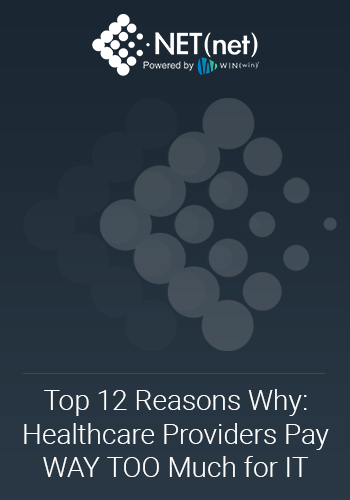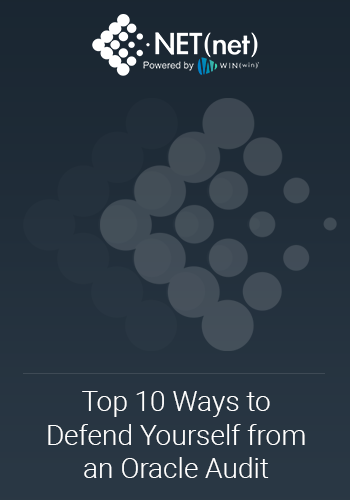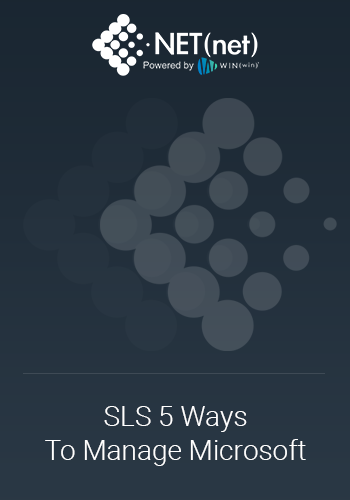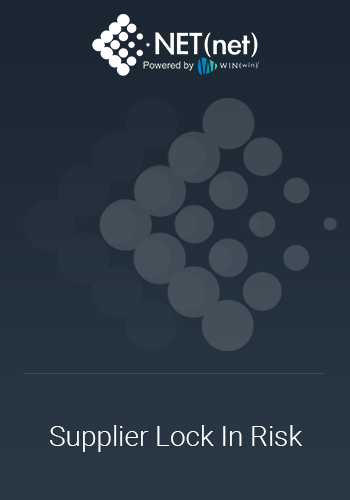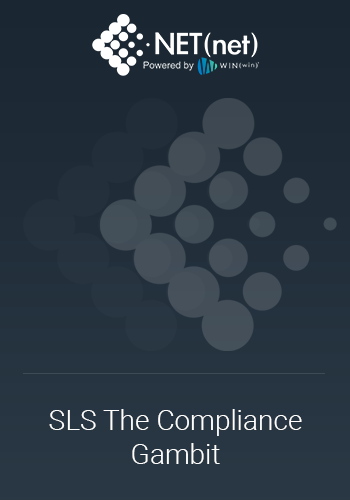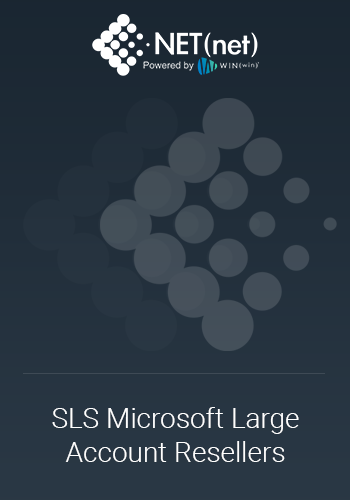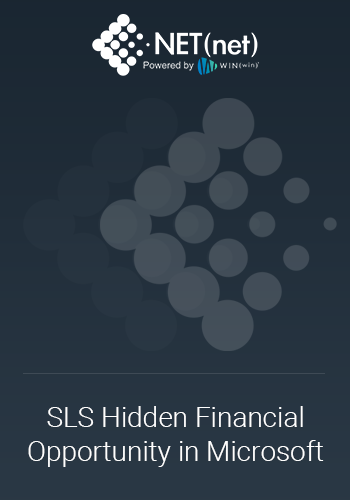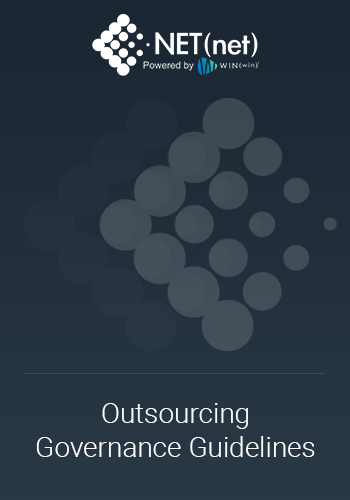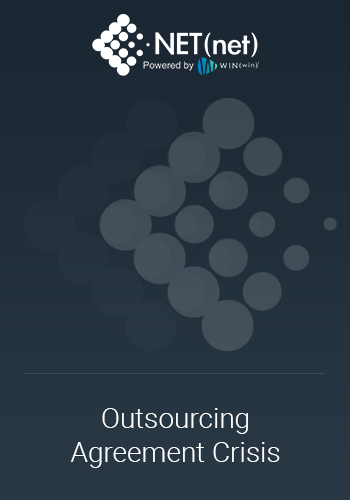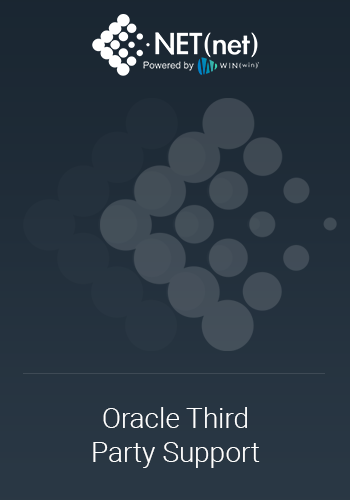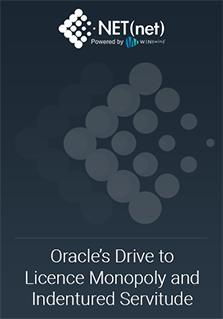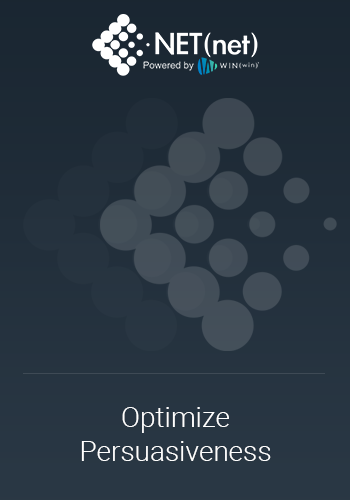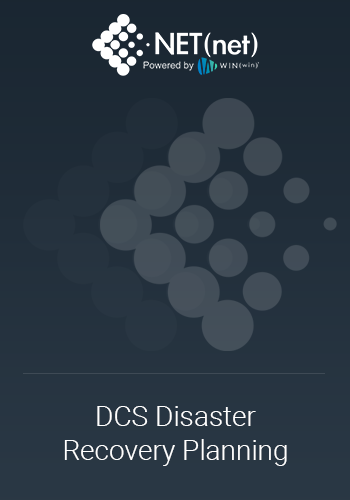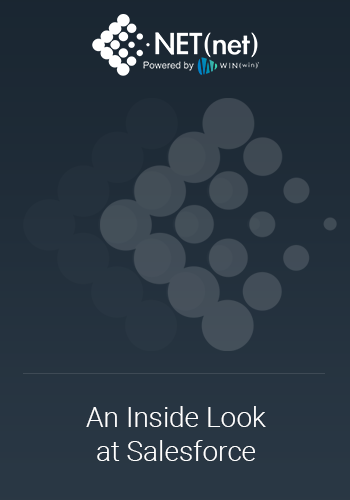Preface
Nearly all clients are seeking greater prosperity in 2024.
While client organizations are still focused on cost reductions to meet the challenges of their new economic and market realities, the pent-up demands of the business are increasingly calling for innovation, automation, and organizational performance improvement.
Digital Transformation has emerged as the #1 Way to Boost Performance and Savings concurrently. Client organizations that are digitally transforming are harvesting greater value by:
- Automating tasks (RPA) to streamline efficiencies
- Unlocking data insights (ML) for better organizational (AI) decision-making
- Empowering flexible (Cloud) solutions for more cost-effective scaling
This drives greater innovation, improved organizational performance, and significant cost savings ranging from 25-30% (depending on industry, scope of transformation, maturity of transformation, and the methodology and execution) while at the same time, lowering risk by diversifying and improving the technology supply chain.
NET(net) is the #1 IT Cost and Value Optimization Provider. In the last 20+ years, NET(net) has shaped over $2 Trillion of investment, captured well over $400 Billion of incremental value for our clients and partners, and has an 85% probability of helping you save between 13-53% on your existing and planned IT costs. Our performance numbers are simply unmatched.
Introduction
You may have noticed that my blogs in 2024 all start with the same preface. This was supposed to be a year of prosperity, where client organizations harnessed the power of exciting new technologies in their final push to the cloud driving innovation and organizational performance improvements previously unimaginable.
Just a few years ago, the conversation surrounding Artificial Intelligence (AI), Machine Learning (ML), and Robotic Process Automation (RPA) was electric. Headlines promised revolutionary advancements, with AI poised to solve our most complex problems and automate tedious tasks, ushering in a new era of efficiency and productivity. Tech giants and startups alike raced to develop AI solutions, painting a picture of a future where intelligent machines would handle everything from customer service to financial analysis. This rapid innovation and ambitious vision fueled a wave of enthusiasm, leading many businesses to believe AI could be the ultimate silver bullet for their challenges.
As we hit the mid-point of the year, it seems a good time to take a snapshot of what is happening in the field to see how that plan is coming along. In short, even though many technology suppliers were very well positioned to be able to deliver on these cutting-edge technologies, most have failed to live up to the hype, so the question is, “Is this the end of the AI dream, or just a necessary hit of the reset button”?
The Sobering Reality Check for Technology Enthusiasts:
While stock performance is nuanced, and prices can be influenced by a variety of factors beyond just a company’s performance with technologies related to AI, ML and/or RPA, consider that many technology suppliers that were seemingly well positioned to benefit greatly from these technologies, have struggled to validate demonstrable market acceptance of their solutions as their stocks are all down considerably off All-Time-Highs (ATH) demonstrating the market realities of the struggles their customers are encountering:
- Relative to their ATHs:
- Expensify is down 97.0%
- Asana is down 91.1%
- Zoom is down 89.6%
- Twilio is down 87.5%
- DocuSign is down 82.6%
- UiPath is down 81.68%
- Okta is down 69.8%
- Cloudfare is down 69.5%
- Atlassian is down 67.5%
- Snowflake is down 66.85%
- Shopify is down 66.5%
- GetLab is down 65.5%
- MongoDB is down 60.0%
- Dropbox is down 48.2%
- Adobe is down 36.4%
- Salesforce is down 26.4%
- Intuit is down 19.6%
Cloud Providers Feeling the Pinch: Even the big three cloud providers – AWS, Azure, and Google – have all experienced slowdowns in cloud spending growth. This has forced them to re-evaluate projects and even resort to layoffs [Source, Source, Source]. All are also trading off their ATHs down 8.0%, 4.1%, and 3.5% respectively.
Enterprise Struggles:
- Blue Prism is facing challenges with justifying ROI and demonstrating the transformative potential of RPA beyond basic automation tasks.
- Cisco aggressively pursued acquisitions (e.g., Splunk) where analysts believed that the AI and ML use cases would be key drivers of value for Cisco, but investors are now questioning the returns on those investments, as the value has fallen far short of expectations.
- Crowdstrike: While it boasts a strong AI-powered threat detection, some argue it lacks the ability to prevent zero-day attacks or highly sophisticated social engineering tactics, which remain major concerns for many businesses.
- ai: Though offering a powerful open-source machine learning platform, H2O.ai struggles with user adoption due to its technical complexity, requiring significant data science expertise to utilize effectively.
- IBM: While a pioneer in AI, Watson certainly hasn’t lived up to the initial hype. No standard product, configuration complexity, high cost of implementation, and a lack of a clear ROI have all been cited as reasons for slower adoption and lack of market share.
- Oracle: Oracle faces challenges with integrating AI into their established product suite. Additionally, some might argue their AI offerings haven't kept pace with the rapid advancements in the field.
- Salesforce: Stock plummets on weak forecast data, sparking concerns that its Einstein AI Platform hasn’t delivered the transformative power it promised. While Einstein offers valuable features for automating tasks and generating insights with the CRM platform, its limited scope and lack of explainability are current limitations.
- SAP offers AI-powered solutions for various applications but has struggled with integrating them seamlessly with their existing complex software landscape. This can create user adoption hurdles.
- ServiceNow: The Now Intelligence platform hasn’t translated into the broad AI-powered platform initially envisioned, focusing more on automating existing workflows within their core service management product, leading to investor frustration.
- Snowflake excels at data storage and management, crucial for AI, but hasn’t aggressively pursued building its own AI/ML functionalities. This leaves them reliant on partnerships or integrations with other suppliers, which might limit their ability to capture a larger share of the AI market. This has left their stock losing pace with initial expectations [Source]
- UiPath faced criticism in 2023 for missing growth targets and a potential overvaluation of its stock. This raised questions about the overall viability of RPA as a transformative technology. In 2024, it was rocked by a massive devaluation on weakening guidance and an abrupt departure of its CEO.
- Workday: Adaptive Planning, while powerful for HCM tasks, seems to be struggling to compete with broader enterprise planning platforms that offer a wider range of functionalities beyond just human capital management, limiting its appeal for businesses with more complex planning needs.
These are just a few examples, but the message is clear: the initial wave of AI enthusiasm painted an unrealistic picture of instant transformation.
The Value is There, But Let's Be Real
Despite the recent stumbles, AI, ML, and RPA offer demonstrable value. Here's how they're delivering real results for businesses that have implemented them strategically:
Top 5 Hits: The Ways These Technologies Deliver
- Increased Efficiency: JPMorgan Chase used RPA to automate back-office tasks like account reconciliation, freeing up employees to focus on customer service and fraud prevention. This resulted in a 75% reduction in processing time and a significant cost saving [Source].
- Improved Decision-Making: Walmart uses AI-powered analytics to analyze customer purchasing data and optimize inventory management. This has led to a 10% reduction in out-of-stock items and a significant boost in sales [Source].
- Enhanced Customer Experience: Hilton Hotels uses AI-powered chatbots to answer customer questions 24/7 and provide personalized recommendations. This has resulted in a 30% increase in customer satisfaction ratings [Source].
- Streamlined Operations: GE Aviation uses ML to predict equipment failures in aircraft engines. This allows for preventative maintenance, reducing downtime and saving millions of dollars annually [Source].
- Boosted Innovation: Pfizer uses AI to accelerate drug discovery by analyzing vast amounts of scientific data to identify potential drug candidates. This has significantly reduced the time it takes to bring new drugs to market [Source].
Top 5 Misses: Why We Need to Adjust Our Expectations
The initial wave of AI enthusiasm was fueled by a lot of hype and ambitious promises from mostly from technology suppliers and consultants, enabled and spurred on by media. Let's delve deeper into the five biggest misses that have led to a necessary reset in expectations:
- Overpromising, Underdelivering: Many AI providers oversold the capabilities of their products, painting a picture of intelligent machines capable of handling complex tasks independently. This led to unrealistic expectations among businesses, who envisioned AI solving all their problems overnight. The reality is that current AI technology is better suited for augmenting human capabilities, not replacing them entirely. AI excels at tasks involving data analysis, pattern recognition, and automation of repetitive processes. However, it still lacks the critical thinking, creativity, and social intelligence necessary for truly independent decision-making. Businesses need to adjust their expectations and focus on identifying tasks where AI can be a valuable assistant, not a silver bullet solution.
- Data Challenges: Data is the fuel that powers AI. Unfortunately, many organizations struggle with data quality and accessibility. Data may be siloed across different departments, inconsistent, or incomplete. This can lead to biased AI models that produce inaccurate or misleading results. Furthermore, ensuring data privacy and security adds another layer of complexity. Organizations need to invest in data governance strategies to improve data quality, accessibility, and security. This may involve data cleaning initiatives, establishing data ownership protocols, and implementing robust data security measures.
- Integration Issues: Integrating AI and ML solutions with existing IT infrastructure can be a complex and expensive undertaking. These new technologies may not seamlessly connect with older systems, requiring significant upgrades or modifications. Additionally, standardization issues between different AI platforms can create further integration challenges. Businesses need to carefully assess their IT infrastructure before implementing AI solutions. This may involve investing in new hardware and software or consulting with IT specialists to ensure a smooth integration process.
- The Talent Gap: The rapid advancement of AI has created a significant shortage of skilled professionals. These professionals develop, manage, and maintain these sophisticated AI and ML solutions. The demand for data scientists, AI engineers, and machine learning specialists far outstrips the current supply. This talent gap can hinder the adoption of AI and limit the potential benefits for businesses. To address this, there needs to be a focus on developing educational programs that equip individuals with the necessary skills to work with AI technologies. Additionally, businesses can invest in training and upskilling their existing workforce to bridge the talent gap.
- Ethical Concerns: AI raises several ethical considerations. One major concern is algorithmic bias. If AI models are trained on biased data, they can perpetuate these biases in their outputs. This could lead to discriminatory outcomes in areas like loan approvals or job recruiting. Another concern is the potential for job displacement as AI automates tasks previously performed by humans. Businesses need to be transparent about their use of AI and mitigate potential biases in their algorithms. Additionally, they should be prepared to address the potential for job displacement through retraining programs or workforce reskilling initiatives.
AI's Reset: Fad or Future?
This isn't the end of AI, ML, and RPA. Instead, it's a course correction. These technologies are here to stay, but their adoption will likely be more measured and strategic moving forward.
Top 5 Pro Tips to Help You Navigate the AI Reset:
- Focus on the "Why" Before the "What": In the initial wave of AI enthusiasm, many companies rushed to adopt the technology without a clear understanding of how it would benefit their business. This often led to poorly defined projects that failed to deliver to expectations. To avoid this mistake, start by identifying a specific business challenge or opportunity that AI can address. For example, a company struggling with high customer service call volume might explore using AI-powered chatbots to answer basic inquiries and deflect calls to human representatives. By clearly defining the "why" before the "what," you can ensure that your AI investments are aligned with your overall business goals and have a higher chance of success.
- Start Small, Scale Smart: The complexity of AI projects can be daunting, and attempting a large-scale rollout right off the bat is a recipe for disaster. Instead, adopt a more measured approach by starting with a small pilot project. This allows you to test the feasibility of your chosen AI solution, identify potential challenges, and refine your approach before committing significant resources. As you gain experience and confidence, you can then gradually scale your AI initiatives based on the success of your pilot project.
- Prioritize Data Quality: AI is only as good as the data it's trained on. If your data is inaccurate, incomplete, or biased, your AI models will likely produce unreliable or misleading results. This is why investing in data quality initiatives is crucial for success. This may involve data cleaning, standardization, and governance processes to ensure your data is high-quality and suitable for training AI models.
- Embrace Continuous Learning: The field of AI is constantly evolving, with new advancements and best practices emerging all the time. To stay ahead of the curve, commit to continuous learning. This could involve attending industry conferences, reading research papers, or subscribing to relevant publications. By keeping yourself updated on the latest trends, you can ensure your AI strategies remain effective and relevant.
- Build a Culture of Experimentation: Don't be afraid to experiment and take calculated risks when it comes to AI. A culture that encourages innovation and embraces failure as a learning opportunity will foster a more successful AI environment. Empower your teams to experiment with different AI solutions and learn from both successes and setbacks. This iterative approach will help you identify the best AI solutions for your specific needs and avoid getting stuck with outdated technologies.
The Bottom Line: Are You Ready for the Reset?
The AI hype cycle may have peaked, but the technology itself isn't going anywhere. Businesses that take a more cautious and measured approach, focusing on demonstrable value and addressing the very real challenges, will be the ones to reap the long-term benefits of AI, ML, and RPA. By following these recommendations and approaching these technologies with a realistic lens, you can ensure your organization isn't left behind in the next wave of AI innovation.
Here are some additional thoughts on the future of AI:
- The Rise of Explainable AI (XAI): As concerns about bias and ethical implications grow, XAI technologies will become increasingly important. XAI helps us understand how AI models arrive at their decisions, fostering trust and transparency.
- The Democratization of AI: Advancements in cloud computing and pre-built AI solutions will make AI more accessible to smaller businesses and organizations that may not have the resources to develop custom solutions in-house.
- Human-in-the-Loop (HITL): As AI continues to evolve, the concept of HITL-AI is gaining traction. HITL recognizes the strengths of both humans and machines. In this approach, humans oversee AI decision-making, providing guidance and ensuring ethical and responsible implementation. This collaborative approach can help mitigate risks and unlock the full potential of AI.
- Human-AI Collaboration: The future of work won't be as much about humans vs. Machines as it is about humans and machines working together. AI will augment human capabilities, freeing us to focus on higher-level tasks that require creativity, empathy, and critical thinking.
Conclusion
The AI reset is an opportunity to move beyond the hype and focus on the real potential of these technologies to solve problems, improve efficiency, and drive innovation. By approaching AI strategically and responsibly, we can unlock a future where humans and machines work together to create a better tomorrow.
Call to Action
We can help you develop a strategic and realistic approach to these technologies (or review your plan if you have already done so) and help you maximize your savings and value on all your IT spend categories, including those in AI, ML, and/or RPA, along with many other areas, so Act Now.
About the Author
Steven C. Zolman is a leading expert in technology investment optimization and the founder, owner, and executive chairman of NET(net), Inc., the world's leading technology investment optimization firm. With over 30 years of industry experience, Mr. Zolman has helped client organizations of all sizes maximize the value of their technology investments by minimizing cost and risk and maximizing the realization of value and benefit.
About NET(net)
Founded in 2002, NET(net) is the world’s leading IT Investment Optimization firm, helping clients find, get, and keep more economic and strategic value in their technology supply chains. Over the last 20 years, NET(net) has influenced trillions of investment, captured hundreds of billions of value, and has helped clients cost and value optimize all major areas of IT Spend, including XaaS, Cloud, Hardware, Software, Services, Healthcare, Outsourcing, Infrastructure, and Telecommunications, among others. NET(net) has the experience you want, demonstrates the expertise that you need, and delivers the performance you demand and deserve. Contact us at info@netnetweb.com, visit us online at www.netnetweb.com, or call us at +1 (616) 546-3100 to see if we can help you capture more value in your IT investments, agreements, deployments, and relationships.
NET(net)’s Website/Blogs/Articles and other content is subject to NET(net)’s legal terms, offered for general information purposes only, and does not constitute legal advice. While NET(net) may offer views and opinions regarding the subject matter, such views and opinions are those of the content authors, are not necessarily reflective of the views of the company and are not intended to malign or disparage any other company or other individual or group.

